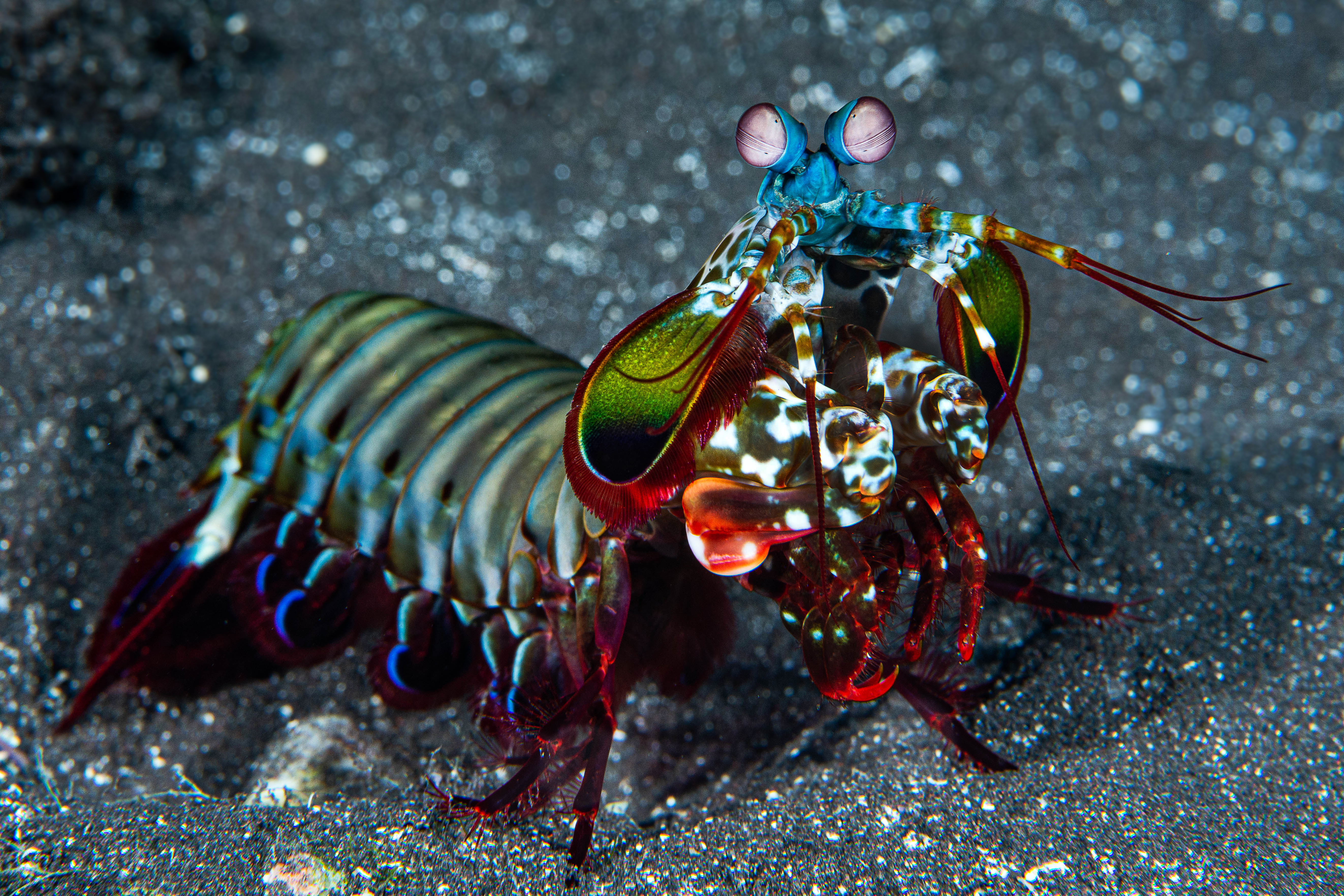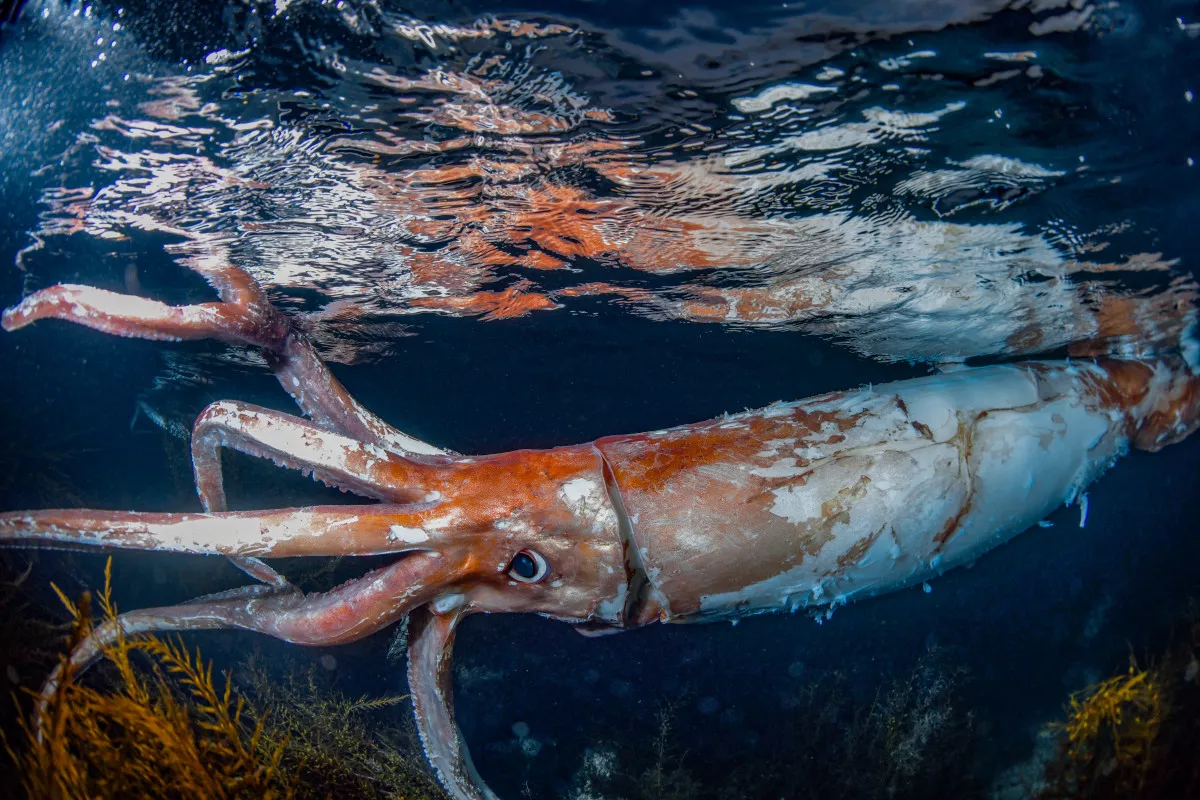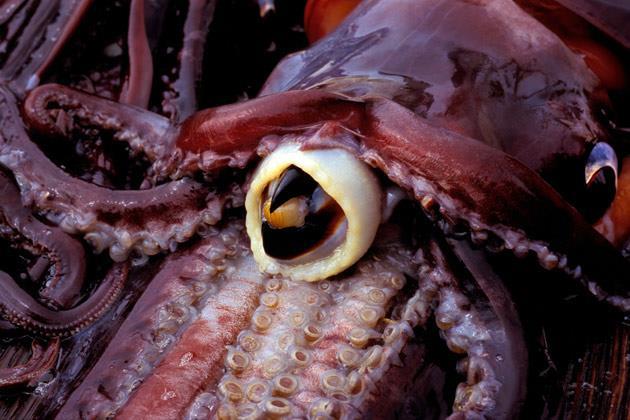Among the vast array of fascinating creatures that roam the depths of our oceans, there is one in particular that puzzles scientists and animal lovers: the mantis shrimp. Its powerful punch, complex social interactions, and amazing bodily abilities make the mantis shrimp one of the most mystifying inhabitants of the sea. In today’s post, we will be doing a deep-dive (no pun intended) into this perplexing creature.

The mantis shrimp is a marine crustacean generally found in shallow tropical or subtropical waters. It is about 2-7 inches long, which is minuscule compared to the other creatures we covered in previous posts. Despite its small size, it packs a powerful punch. It can deliver an explosive 60 mph punch in a matter of milliseconds with its front claws. Its strike has the same acceleration as a .22-caliber bullet, and its claw moves so fast that it momentarily heats the water around it to nearly as hot as the surface of the sun. It uses this mechanism to instantly kill and tear the appendages off of its prey. For perspective, if it were to punch you, it would tear your flesh clean off and probably break your bones. Do not underestimate this guy because of its small size.

The mantis shrimp is unique in its means of communication. Its mating ritual is one of them. Two mantis shrimp do a special mating dance to attract one another. They flail their legs around and showcase their impressive range of colors. They can change the color of their bodies to a multitude of vibrant hues. If the two shrimp decide they are interested in each other, they engage in a relationship that can last the rest of their lives. The new couple will find somewhere to burrow together. They will call this place home and cooperate to raise their children here. It’s clear the term “love birds” apply to more than one species. Additionally, when communicating casually with other mantis shrimp, they will move their bodies in intricate ways, flash different colors, and strike different poses. They do this to mark their territories, engage in mating rituals, and convey other pieces of important information among each other. Their communication style is sophisticated and complex, proving them to be intelligent specimens. Maybe these mysterious creatures are smarter than we can even comprehend—a spooky thought.
Being a tiny creature, the mantis shrimp packs a number of impressive bodily functions. In fact, they are renowned for their impeccable eyesight. Their eyes are divided into three sections. One is for polarized vision. Another is for color reception, and it has 16 cones. For reference, humans only have 3 cones. These shrimp can see things that we cannot. Their world consists of a variety of other colors that we simply cannot process with our eyes. The third part enhances their depth perception. This function allows them to spot their prey from astounding distances with extreme precision. In union with their deadly punch, their super-sight makes them a dangerous threat and a biological machine.

